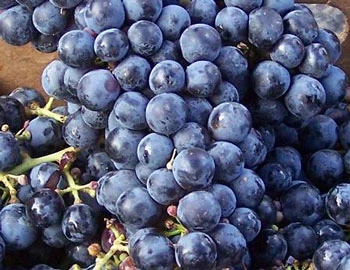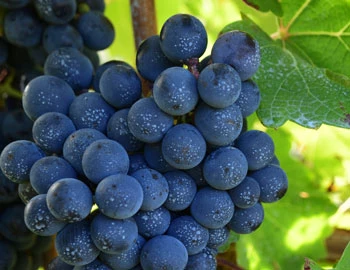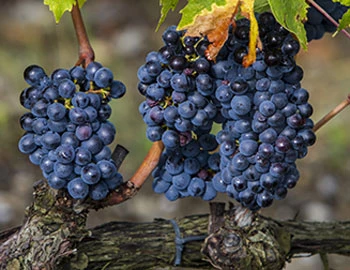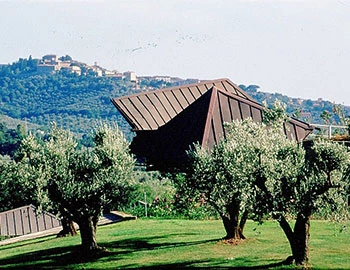Tignanello 2019
Tignanello 2019
IGT Toscana, Antinori, 750 ml

Description
Citing Robert Parker The Wine Advocate "The Marchesi Antinori 2019 Tignanello was born in a classic growing season that saw some cooling summer rains and relatively stress-free conditions. This is an elegant and extremely polished wine made with mostly Sangiovese and smaller parts Cabernet Sauvignon and Cabernet Franc. Here too, the small blending element of Cabernet Franc has been slowly increasing in recent years. The 2019 vintage was born with a good amount of power and tannic structure, and maceration times were slightly reduced as a result. This less extractive approach shapes a polished and elegant wine with plenty of bright berry fruit, cherry, dried mint, blue flower, blood orange and rusty earth. The palate is more compact and streamlined. It shows beautiful grace. After this, the next vintage to watch is the highly anticipated 2021."
Attributes
| Grape variety: | Sangiovese, Cabernet Sauvignon, Cabernet Franc |
| Producer: | Marchesi Antinori |
| Origin: | Italy / Toscana |
| Other vintages: | 2020 |
| Ripening potential: | 4 to 20 years |
| Drinking temperature: | 16 to 18 °C |
| Food Pairing: | Wild specialities, Bistecca fiorentina, T-Bone steak, Beef Stroganoff, Brasato di manzo al Barolo, Roast saddle of venison |
| Volume: | 14.0 % |
| Note: | Contains sulphites |
Cabernet Franc
Forefather of the Bordeaux varieties
The Cabernet Franc is one of the oldest varieties of Bordelais and a parent of three other red grapes in the Bordeaux assortment: Cabernet Sauvignon, Merlot and Carmenère. It is distinguished by its complex, flavourful bouquet of raspberry, graphite, violet, liquorice and white pepper. In addition, it presents round, crisp tannins which turn out less strongly than those of Cabernet Sauvignon. While the Cabernet Franc always appears as part of a blend in Bordeaux, it is pressed alone on the Loire. The most renowned appellations are Chinon and Bourgueil. Incidentally, the Cabernet originates not in Bordeaux but in the Spanish Basque Country. Cabernet owes its name to the Latin “carbon”, meaning black.

Cabernet Sauvignon
The backbone of Bordeaux
The Cabernet Sauvignon gives the Bordeaux its backbone, yielding deep violet wines with powerful tannins and endless ripening potential. It is the top dog in Médoc, and is placed in all five premier crus of Bordelais. When young, it often appears strict and unapproachable, but with advancing years, its tannins round off. It is wonderfully velvety, and yet always maintains its freshness. Typical flavours include cassis, graphite and cedar. Wherever Cabernet Sauvignon is found, Merlot is not far away. It complements the robust structure of Cabernet with softness, fruit and richness. The Cabernet Sauvignon is the most-exported vine in the world. It delivers persuasive qualities in Italy as an ingredient of the Super Tuscan, or as the flagship variety from California. There, it is lovingly titled “Cab Sauv”. Meat fans should be aware that it fantastically accompanies a grilled entrecôte. The family tree of Cabernet Sauvignon is surprising: its parents are Cabernet Franc and the white Sauvignon blanc.

Sangiovese
Epitome of Tuscany
Chianti classico, Brunello di Montalcino, Vino nobile di Montepulciano: the Sangiovese is in each of the classic red wines from Tuscany. For a long time, it was assumed that its birthplace was here. After all, it appeared under various synonyms in Tuscan documents dating from 1600. But in 2004, researchers unveiled that one of its parents originated in Calabria in southern Italy. Today, it is the most planted variety in Italy. In addition to Tuscany, it fares well in Emilia-Romagna, Marche or Umbria. It is an exceptionally lovable wine: its aromas of cherry and plum, violets and spices are complemented by fresh acidity and a juicy texture. It wins people around both as cheerful, drinkable wines with pizza and pasta and as barrel-aged top class wines. Carried by Italian immigrants, it found its way to California and Argentina. However, it does not have the same reputation there.

Italy
Italy – Where wine is a way of life
The Italian wine regions are extremely diverse, and this is made clear in their wines. Established varieties such as Merlot, Syrah, and Sauvignon can be found on just 15 percent of the total vine growing area. The remaining 85 percent is reserved for autochthonous, indigenous varieties. More than 2,000 different grape varieties are grown under diverse conditions and pressed with various techniques into wines that reach the top tier of the international wine market.



